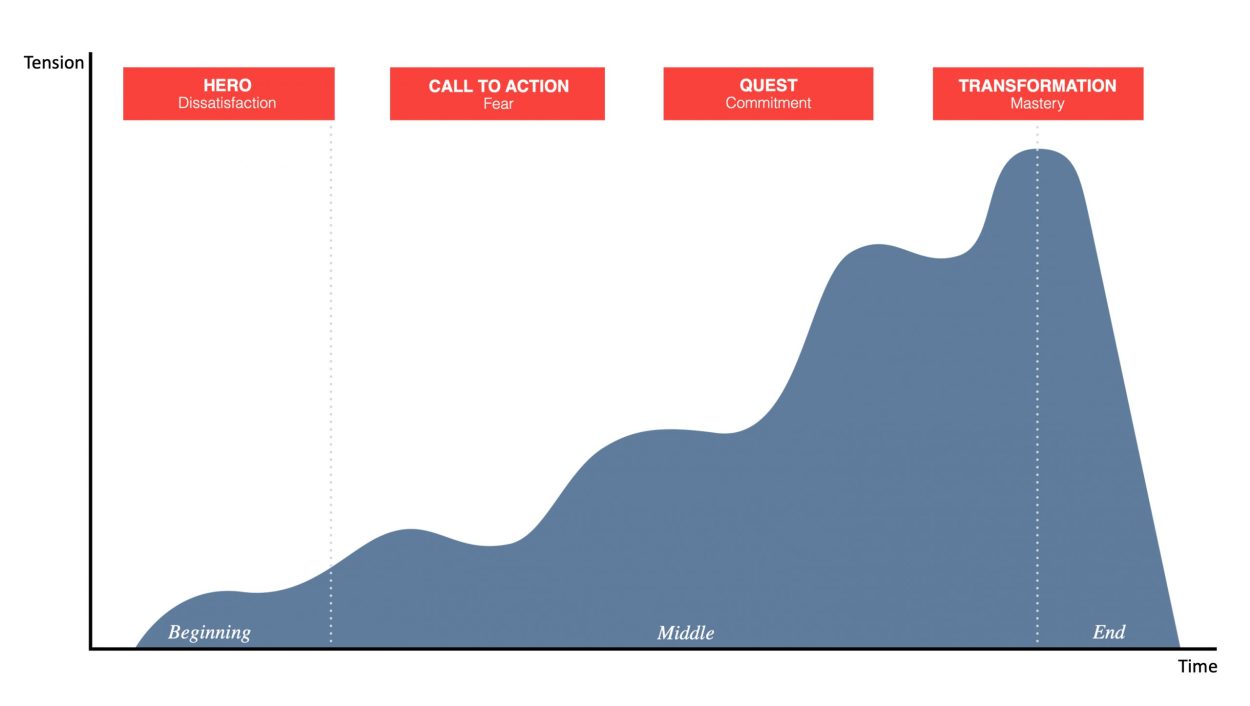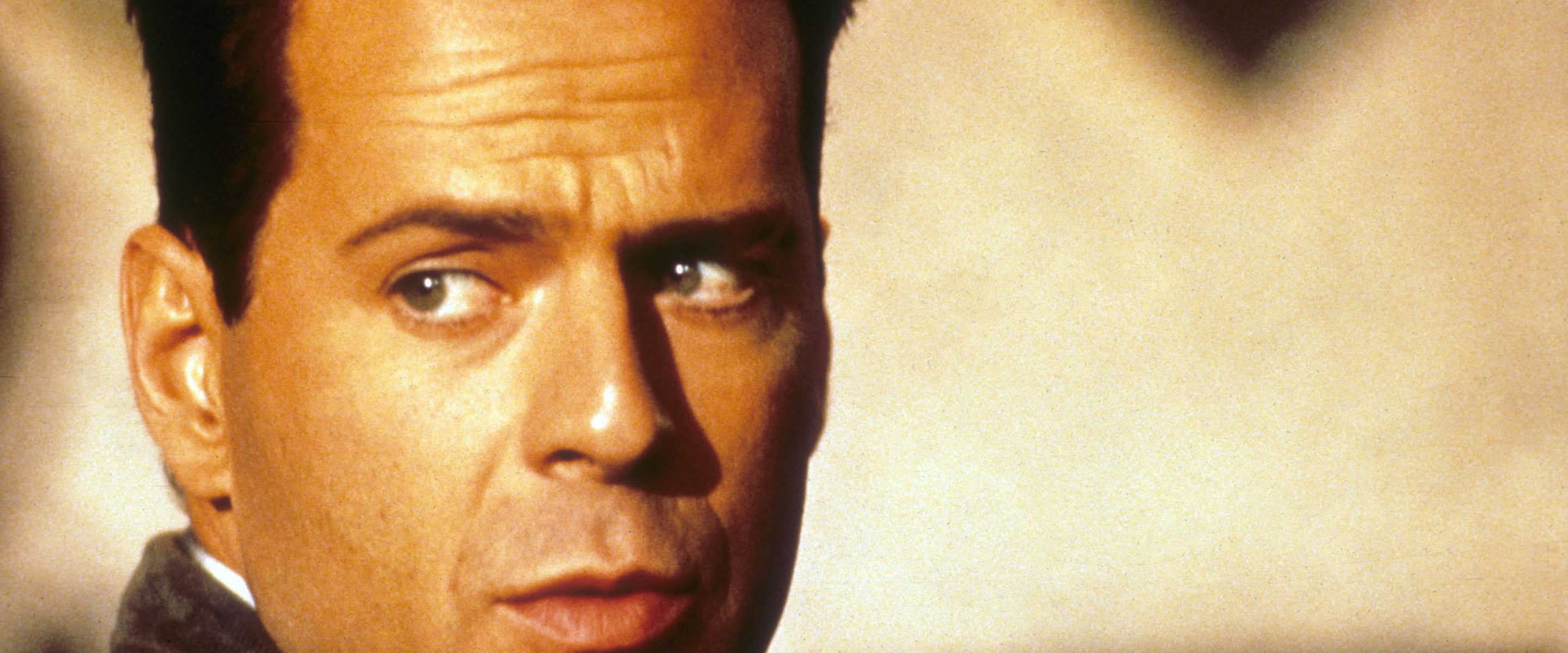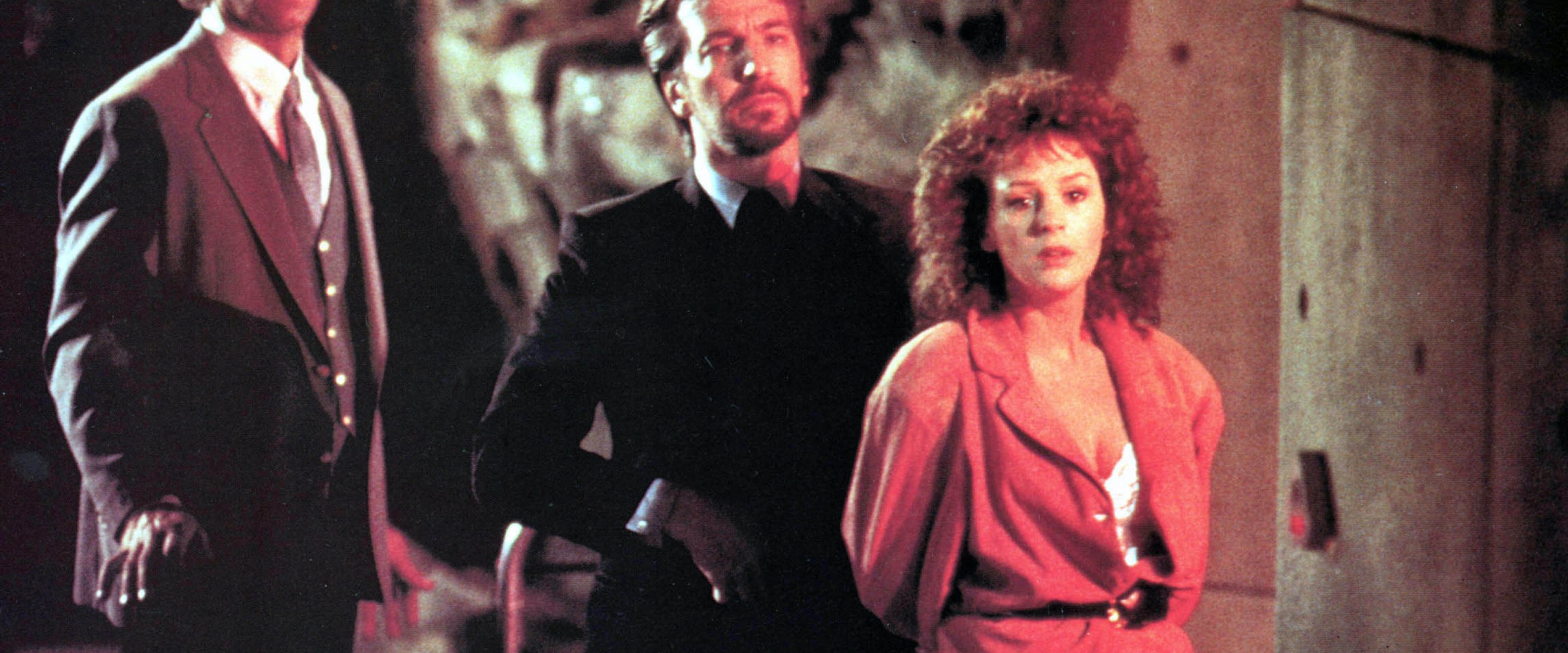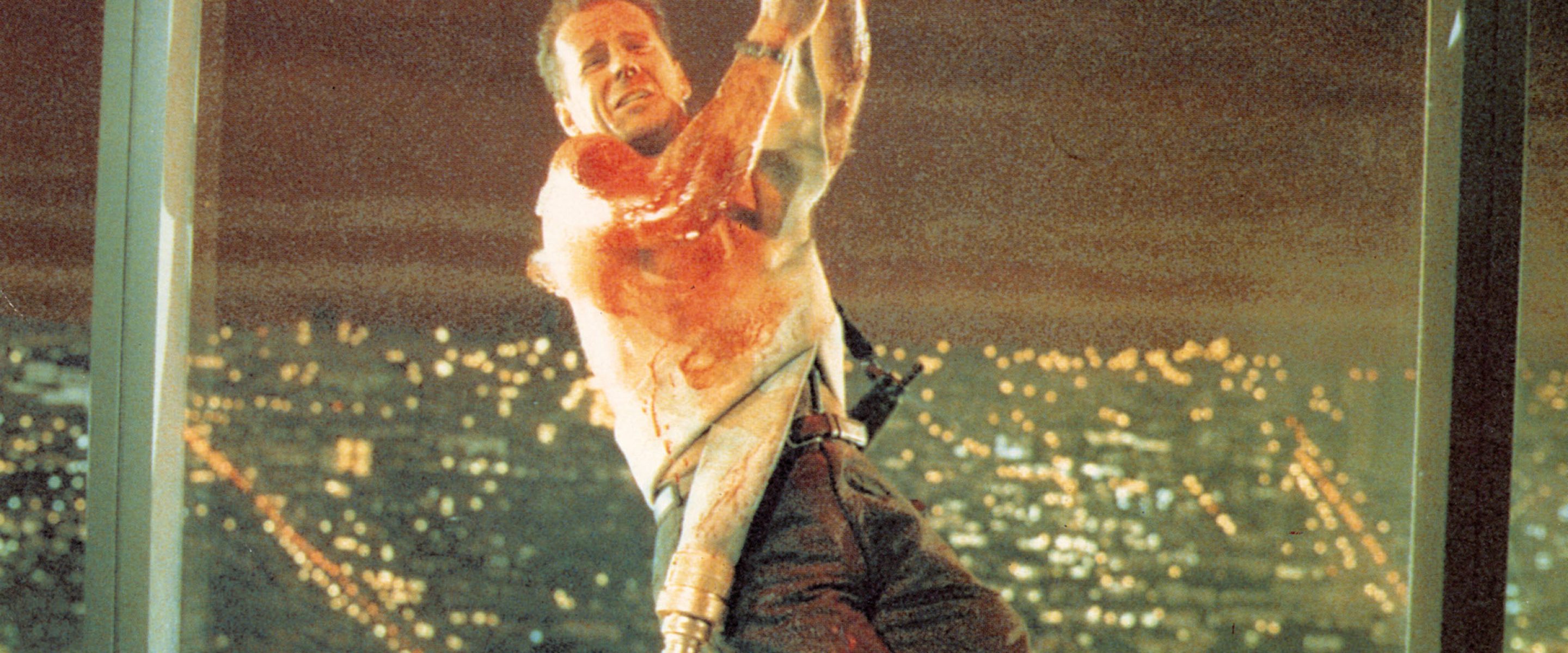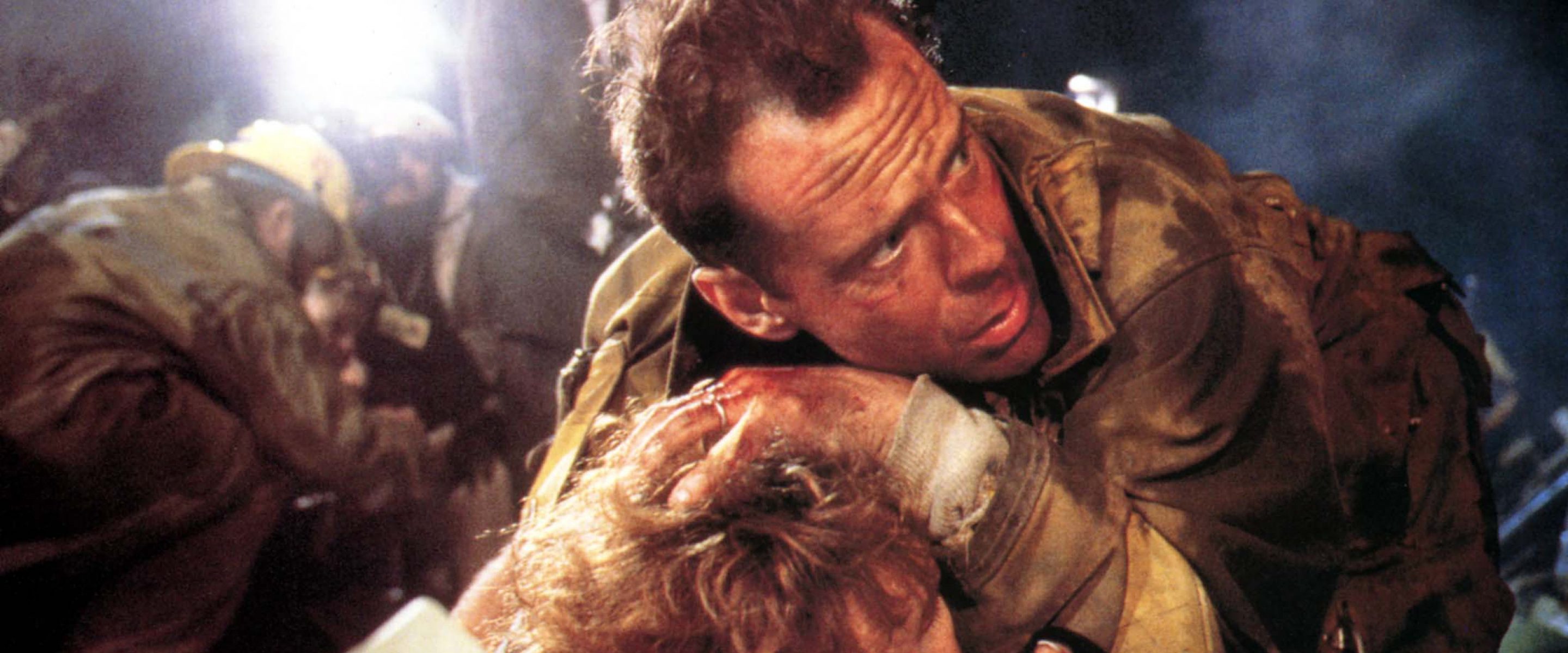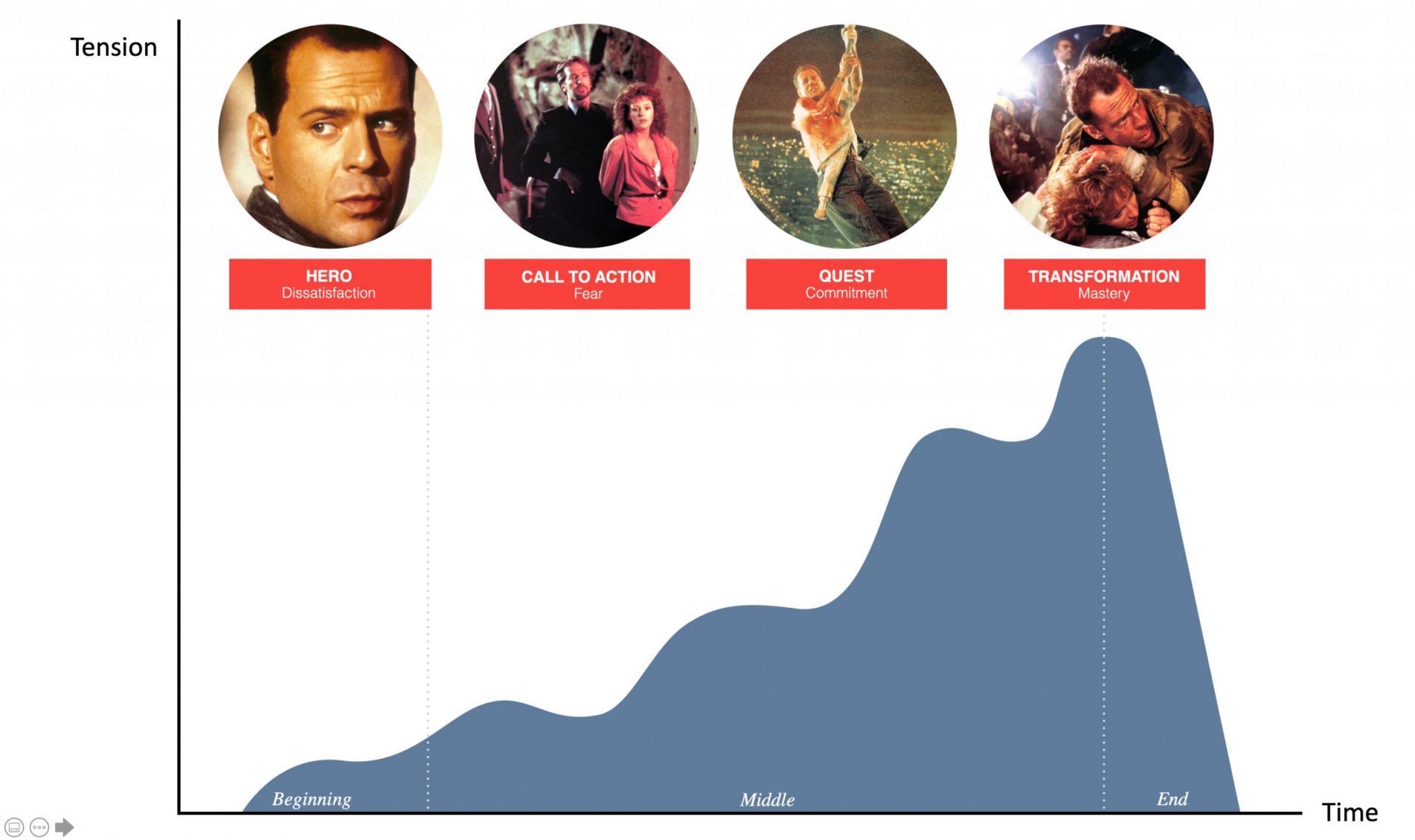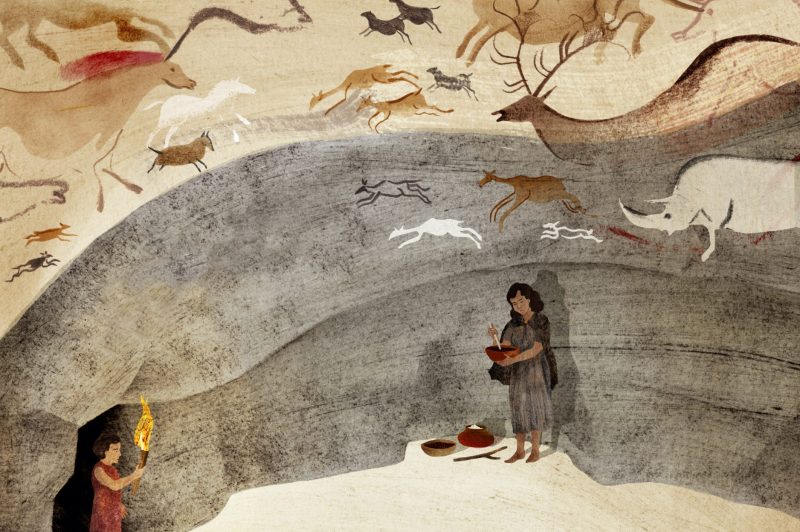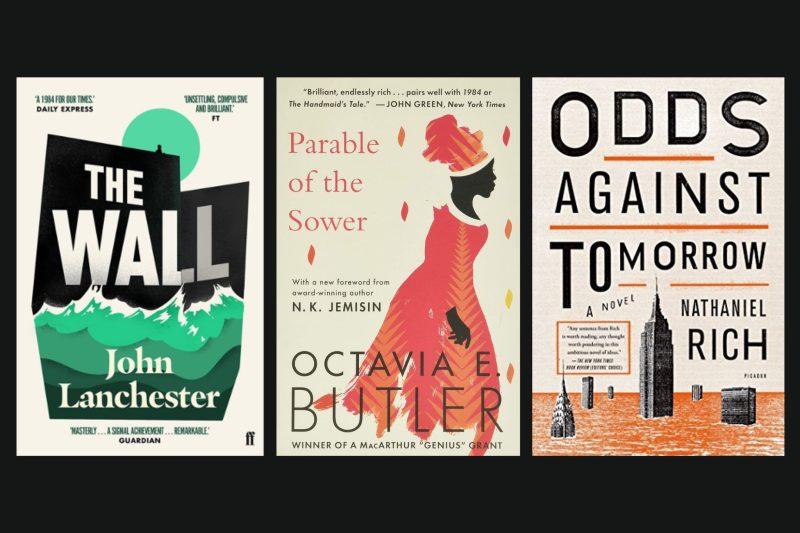Thinkers from Aristotle to the American mythologist Joseph Campbell have observed that good stories are change journeys.
At the start of a story, life throws down a gauntlet – a call to action – challenging the hero to embark on an adventure. Fearful of change, as we all tend to be, the hero hesitates at first then commits to the quest enduring many trials before finally emerging transformed and with a treasure or insight that will benefit the wider community.
This pattern can be found in every compelling story whether it is fictional or factual. It is the universal shape of story and it can be helpful to think of it as a wave.
Storytelling for Marketers
The Wonderful Wizard of OzStorytelling for Leaders
Moby DickStorytelling For Lawyers
Alice’s Adventures in Wonderland



